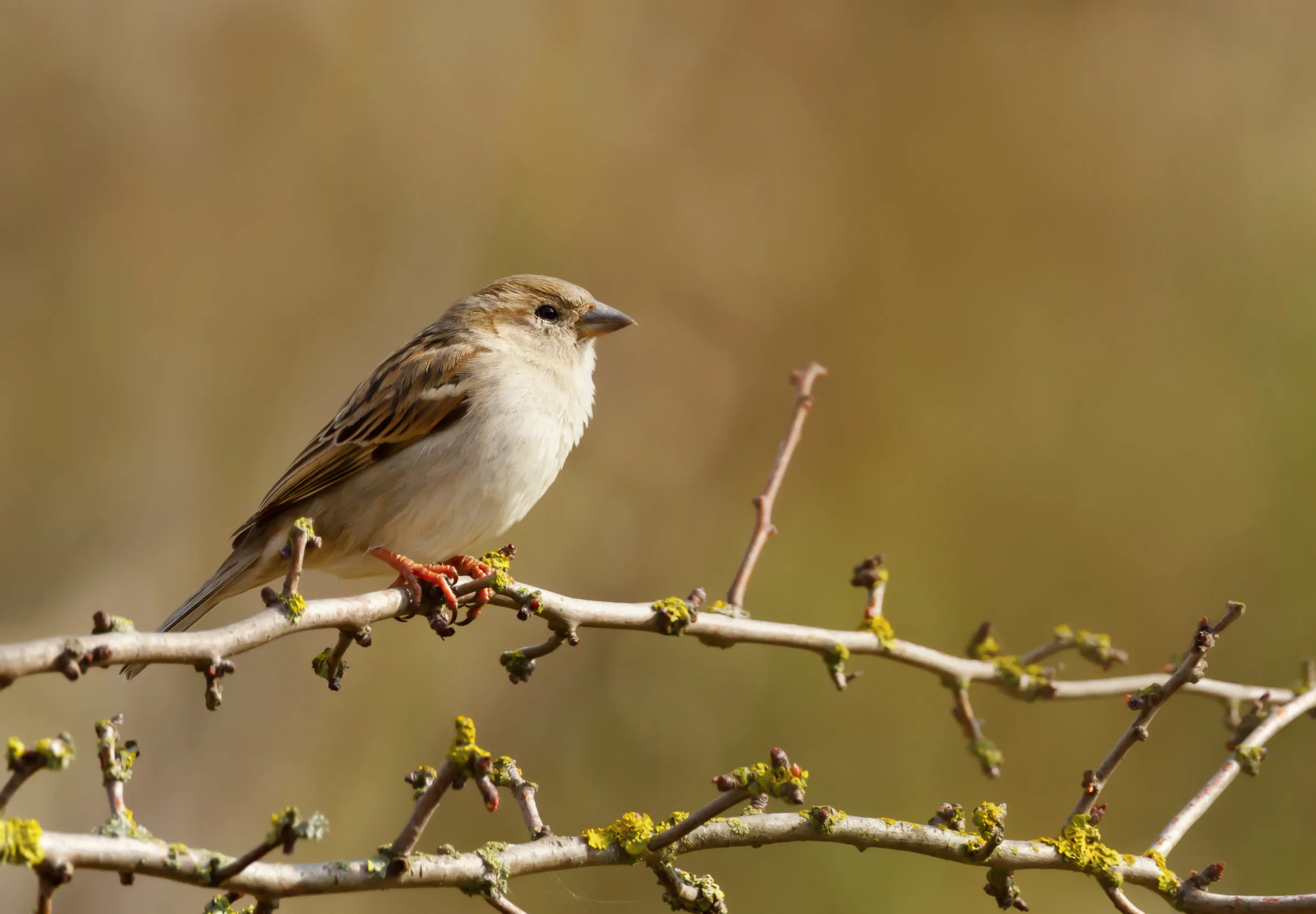Advice
A Great RSPB Youth Group
How to set up an RSPB youth group for your local area.
There are a wealth of benefits to having a hedgerow but lots of practicalities and techniques to consider when managing them.

Hedgerows provide shelter for stock and crops and cut down wind speed, which prevents erosion.
They are good for game, providing corridors for pheasants to disperse around farms. Manyfarmers have kept hedgerows because pheasants and partridges use them.
Hedgerows can help control insect pests as predatory insects overwinter in them and moveinto the crops in spring when aphid numbers start to increase. They also act as barriers to windborne pests, and insects in the hedgerow pollinate crops, particularly bumblebees, whichneed hedge banks.
A rough grass verge alongside a hedge is also good winter habitat for predatory insects and, ifleft uncut during the winter, will provide nesting cover for partridges.
Hedge trimming requires a special machine and a skilled worker, so hedgerow management is expensive.
Other problems include getting on to the land when the ground is wet, and trying to prevent obstructions (for instance, the blocking of road traffic).
Hedgerows can shelter pests, such as rabbits, which can damage crops. Shading of the crop cancause uneven ripening and disease. Dutch Elm Disease causes management problems, too.
Where trees die, suckers grow. These then die off leaving a gappy hedge. In times of drought, climbing species such as old man's beard (wild clematis) can take over and kill off hedge shrubs.
Trimming will keep hedgerows in good condition for many years but, from time to time, they may need major restoration through laying or coppicing.
Local tradition plays a strong part in management methods but the type of farming is probably the overriding factor. Other management considerations include:
This is usually done by flail trimming. If used with care, this machine is the best way of trimming hedgerows as it's cost-effective and does a good pruning job.
The Farming and Wildlife Advisory Group (FWAG) advocates cutting of hedgerows only in alternate years. This is better for the wildlife, and it cuts down on time and expense for the farmer. Some species only flower on second year growth, so annual cutting reduces the flowering and subsequent berry crop.
Hedgerows along roads and farm access tracks may have to be trimmed annually to avoid obstruction. Young hedgerows (newly planted, coppiced or laid) also need a light annual trimfor about 10 years in order to train them into a good shape.